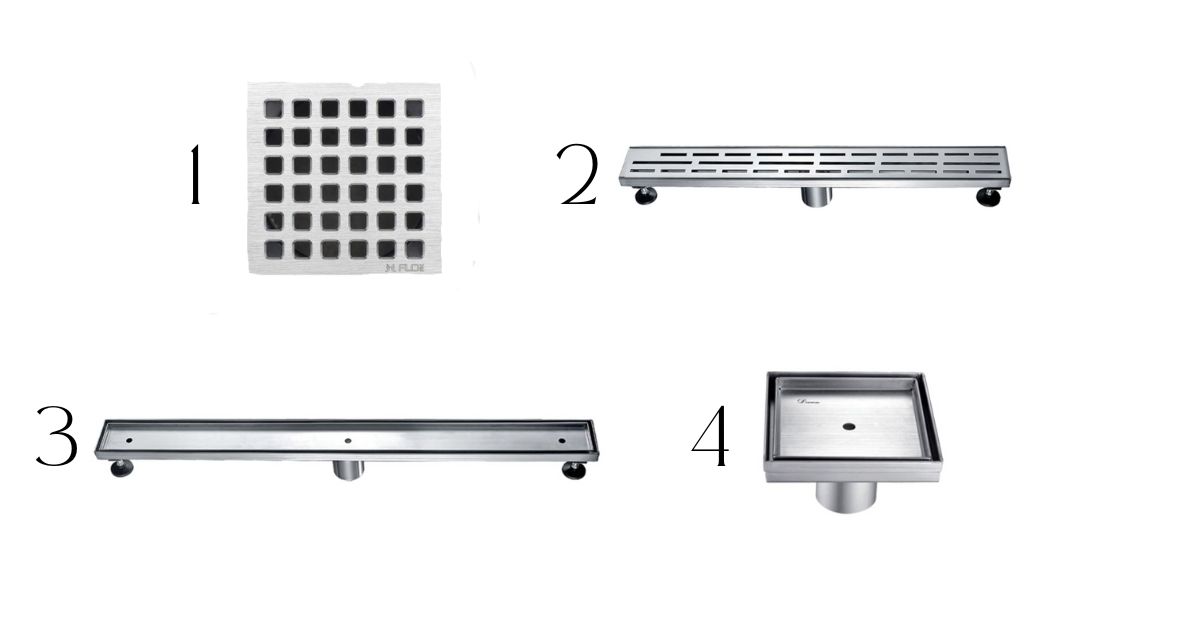The Top 3 Shower Drains You Need To Know About In 2022

Shower drains are often an afterthought. People will spend hours and hours looking for the perfect shower heads or paying a lot of money on flooring, but they don’t spend as much time choosing their shower drain.
This is a big mistake; your choice of shower drains can have an enormous impact on your bathroom’s overall look as well as the functionality of your shower. In this article, I’ll cover the top three shower drains that you need to know about as you dive into your next remodeling or building project.
Point Drains
The most common shower drain you’ll find is known as a point drain. A point drain is a drain that is located at the lowest point in the shower floor. For this drain to work, the shower needs to slope to that point. Point drains are often found in the center of the shower, but they don’t have to be.
For example, if you replace a bathtub with a shower, you can still keep the drain in the same place. However, the floor will need to slope to the drain in order for it to work. Personally, if I can’t get the point drain dead in the center of the shower (usually due to a floor joist), I will move it to one end so that it doesn’t appear “off” to my eye.
Linear Drains
Linear drains, also known as trough or trench drains, are long and normally run along your shower wall with the floor sloping towards the drain. They are more aesthetic than anything else, but they look fantastic!
Hidden Or Decorative Drains
The last type of shower drain worth mentioning is the hidden or decorative drain. These drains can be located in the center of the shower or along a wall like a linear drain. They’ll usually have a plate where you can put the tile that matches the floor. This creates an incredible statement piece for a luxury shower.
Pro Tip: Make sure to work with your tile setter to decide how the grout lines in the shower floor and the grout lines in the drain will line up with each other before the tile is installed.
Conclusion: Understanding The Top Shower Drains
In conclusion, there are three main types of shower drains that you need to be aware of: point drains, linear drains, and hidden or decorative drains. It’s essential to choose the right one for your project to ensure that your shower flows correctly and looks fantastic.
For more in-depth information on your next remodel, join my e-mail list, where I come to you weekly with information that is guaranteed to move your remodel project forward in an organized, fun way by filling out your information below. For more help, click here to book a remodeling coaching session with me to address your unique remodeling plans. Or, to contact me directly click here.
